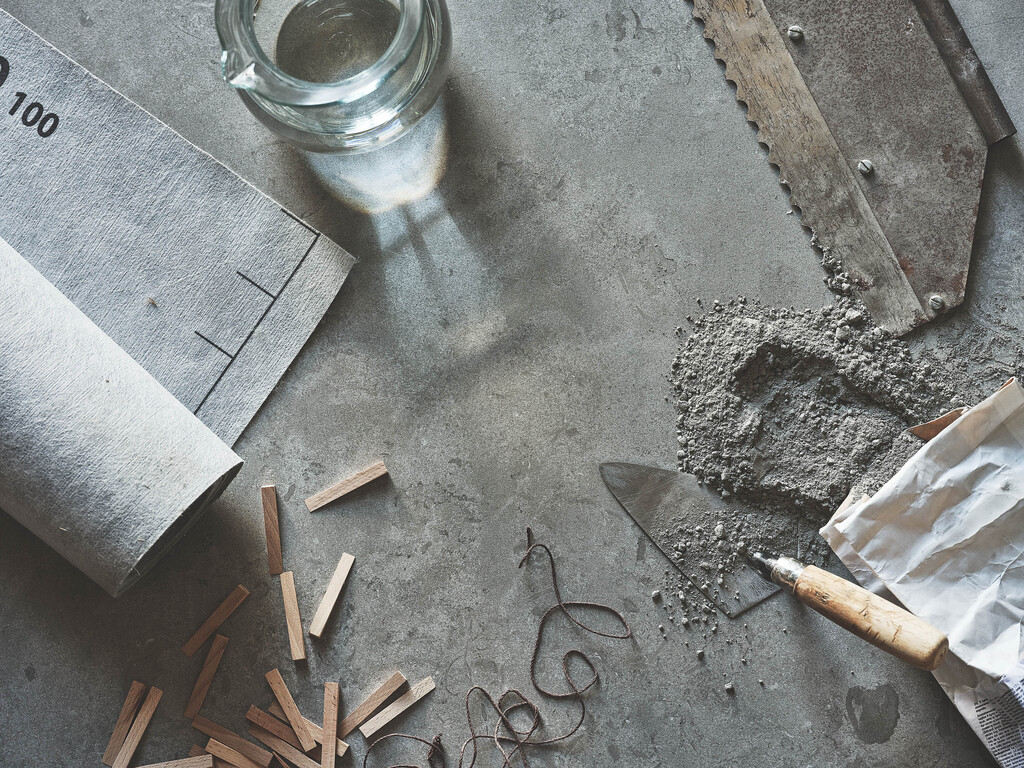Preparation & Execution
Porcelain stoneware is industrially made from natural raw materials. Certain shade and size variations may occur, so always check and approve the material before mounting. Complaints about any shade and size variations after installation are not approved
Find out what requirements there are for the substrate, bearing capacity and waterproofing etc. for the surface you are to coat. Talk to your retailer!
Floor & Wall:
Indoor porcelain stoneware should be installed with adhesive of at least class C2. Recommended tile trowel size: 4-10 mm depending on the size and surface of the tile. Tiles with size 30x30 cm and larger should be double glued to the wall. On flat floors, multi flow adhesive is an ideal choice. Tiles with a size of 30x60 cm or larger should not be placed in half joints. If bonding is desired, a maximum of ¾ joints is recommended.
Cutting is done with a diamond blade and tile cutter adapted for porcelain stoneware. Punching is done mechanically with a diamond drill. Outer corners are sawn with diamond milling or grinding wheels. Edges and corners can be processed, rounded and shaped easily with a diamond grinding wheel and polishing pad in an angle grinder.
Jointing is performed with a suitable joint according to the expected load and current space. Joint colour is ideally chosen in the same colour as the tile in question. Recommended joint width 2 mm.
Outdoor
Porcelain stoneware is best laid outdoors in tile adhesive on cast concrete slabs.
20 mm porcelain stoneware can also be laid in unbound construction on pedestals or in gravel. You can fund instructions for tiling pedestals here. For laying in stone chips, the surface should be well bedded and well drained. For fixed installations such as a swimming pool, the tiles should be used. For advice on preparation, foundation work, support and load-bearing layers and installation, consult your retailer and construction professional.
Examples of joints: S:T Erik Fastfog Eco
Countertops:
Bricmate's worktops are tailored to each customer's needs. Talk to your retailer!
Before measurement & installation:
- Make sure that the cabinets that are to support the top are stably fixed and mounted horizontally.
- The contact surface of the cabinets must be completely smooth without protruding screw heads or other objects.
Undermounted sinks may need an extra fixation (eg angle iron screwed into the frame) talk to the installer.
